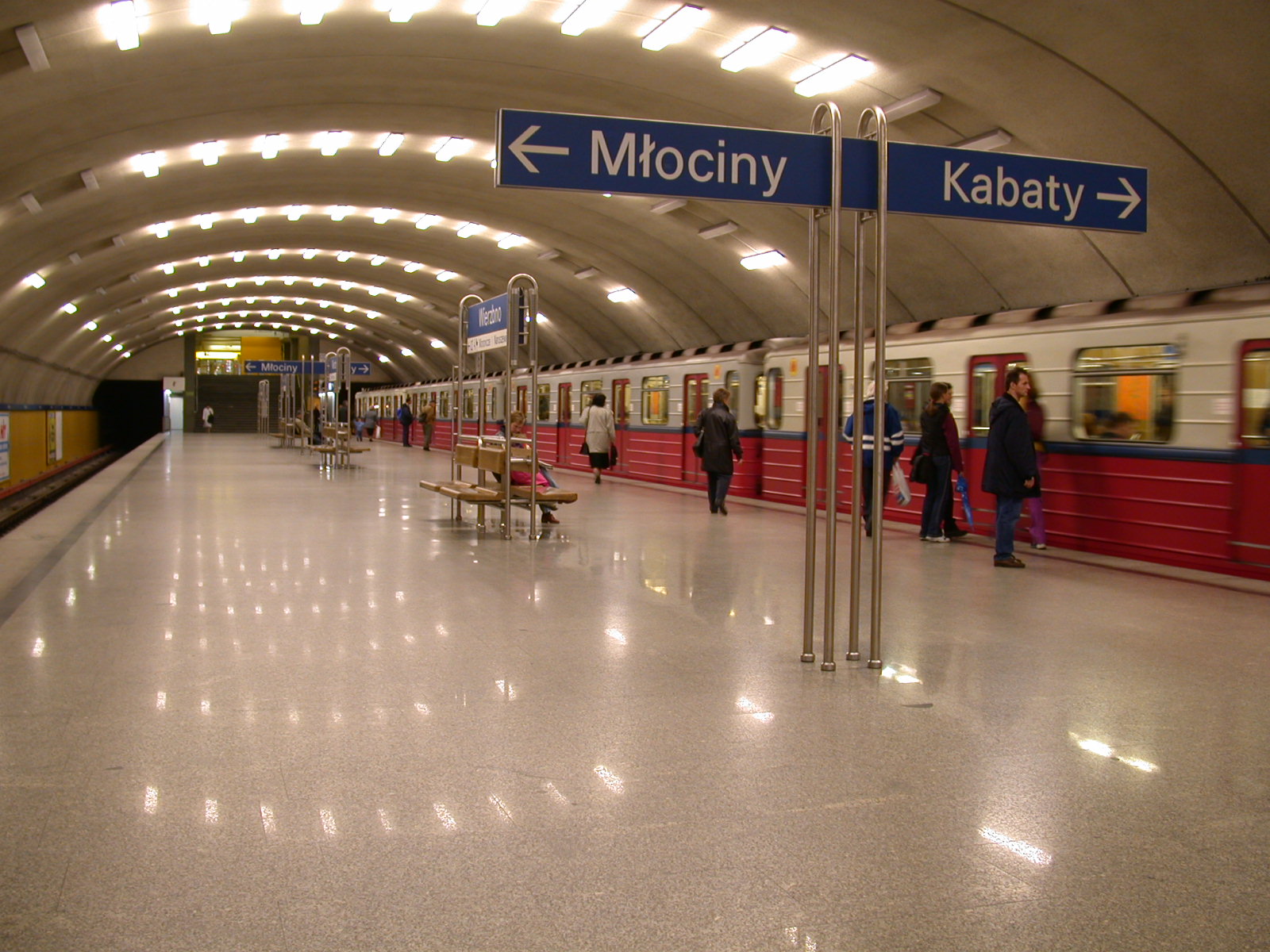
A new subway development in Warsaw, Poland, captures the braking energy from its metro cars and stores it to boost another train’s acceleration to the next station.
Regenerative braking for trains is picking up steam from the West Coast of the USA to the East, and also in Europe. The energy recovered from a Polish metro car as it decelerate is enough to power a 60 watt light bulb for more than a week. This energy help to accelerate another train on the same section of the line. The key technologies are substations and an energy storage system, based on double-layer super-capacitors, all of which are being supplied by ABB.
How does regenerative braking work?
While a more detailed explanation is available, the gist of the technology is this: Regenerative braking charges the super-capacitor bank located in one of the seven traction substations as the train decelerates. The stored energy can then be re-injected into the line and will be picked up by an accelerating train. The project will be completed by the end of 2013 and will provide an energy efficient way to traveling between the eastern and western parts of the Polish capital city.
Via: Cleantechies
 Follow
Follow